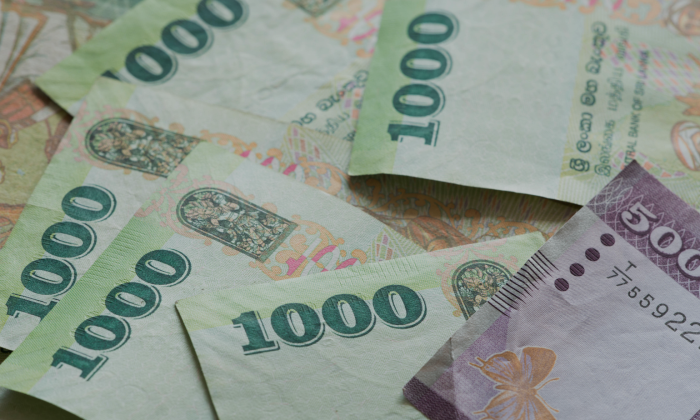


Sri Lanka's public sector wage bill is expected to rise by 0.2 percent to 3.8 percent of GDP in 2025, according to the Finance Ministry. In 2023, the wage bill was 3.4 percent of GDP, down from 4.0 percent in 2022, before increasing to 3.6 percent in 2024. Under the proposed increments, it will reach 3.8 percent in 2025, still below the 2022 level. Meanwhile, tax revenue is anticipated to rise to 15 percent, aided by relaxed motor vehicle imports. The salary hike will be accommodated within the recurrent primary expenditure of 12.7 percent of GDP, allowing Sri Lanka to achieve a primary surplus of 2.3 percent of GDP in 2025 under the IMF program.
Sri Lanka's currency faced significant volatility, collapsing from 184 to 360 to the US dollar during the last inflation targeting exercise aimed at maintaining 5 percent inflation, which is now part of a new law. After a failed attempt to float the currency, it depreciated to 360 to the US dollar before appreciating to 300. While inflation soared to 70 percent, real incomes for state and private sector workers declined, whereas remittance-receiving families maintained their income levels. The Finance Ministry has indicated that to attract talent, real salaries in the public sector need to increase, but this must be accompanied by ‘right sizing’ the already bloated public sector, which expanded after 2004 due to policies such as providing jobs to unemployed graduates and enlarging the military during the civil war.